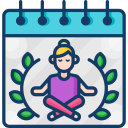Yoga Techniques for Relaxation: Breathe, Release, Restore
Chosen theme: Yoga Techniques for Relaxation. Settle in as we explore gentle breathwork, soothing postures, and mindful rituals that invite your nervous system to soften, your mind to quiet, and your body to remember what ease feels like.
Breath as the Gateway to Calm
Place one hand on your belly and one on your chest. Inhale slowly through the nose, expanding the lower ribs, then the chest, and finally the collarbones. Exhale gently. A teacher once said, “Let the breath breathe you,” and everything softened.
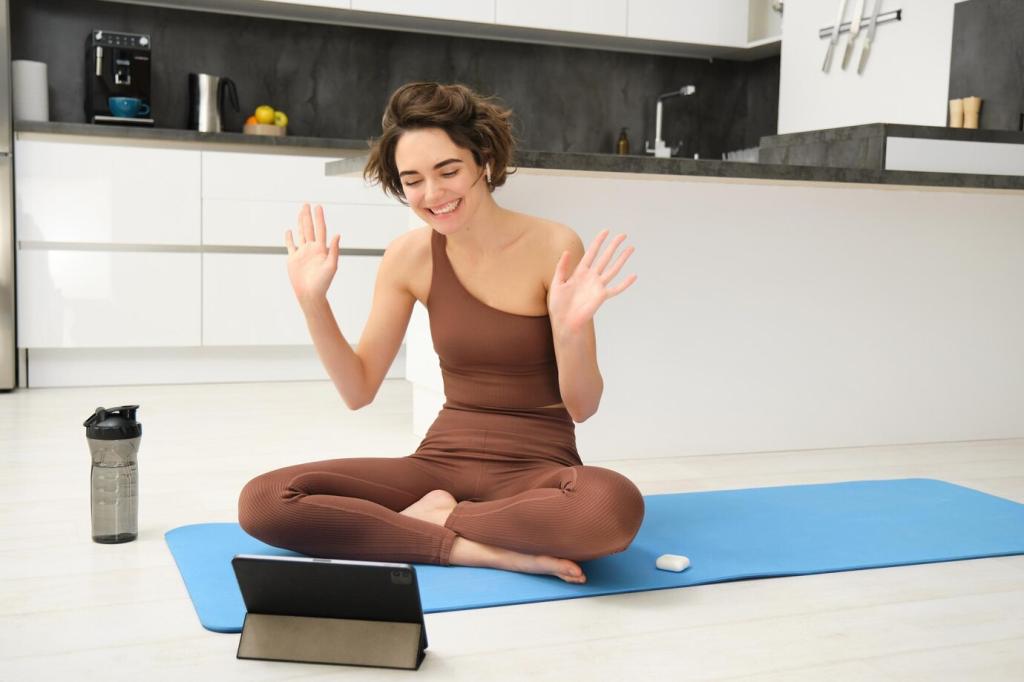
Breath as the Gateway to Calm
Inhale for four counts, hold for four, exhale for four, hold for four. This steady rhythm steadies you, too. Try it before presentations, tough conversations, or bedtime. Many readers report fewer racing thoughts after only a week.
Gentle Asana Sequence for Softening Tension
Kneel with knees wide and fold forward over a bolster, pillow, or folded blanket. Let your forehead rest and jaw relax. Breathe into your back ribs, imagining a warm wave washing over lingering knots and worries.
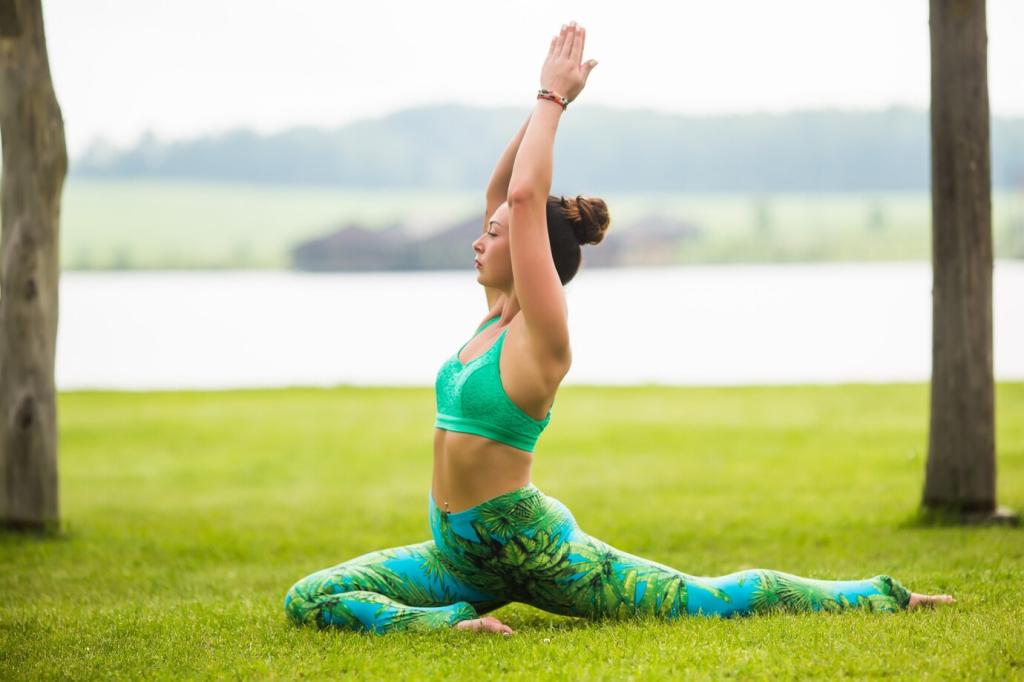
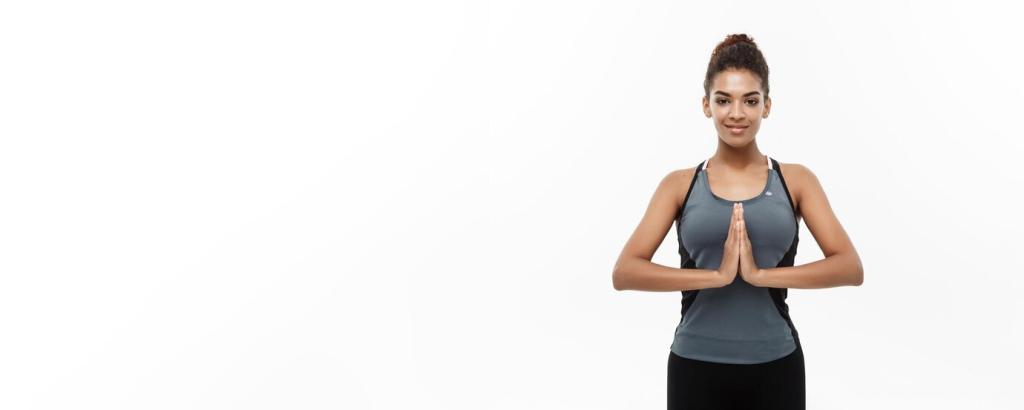
Gentle Asana Sequence for Softening Tension
Lie back on a cushion with soles of the feet together and knees supported. The gentle opening across your chest invites deeper breaths. Many practitioners share that three minutes here recalibrates their entire mood.
Mindfulness and Compassion on the Mat
Silently name what you feel: warm, tight, pulsing, steady. Avoid good or bad labels. Curiosity relaxes what criticism tightens. As you notice sensations, let the breath expand around them, like sunlight spreading across morning water.
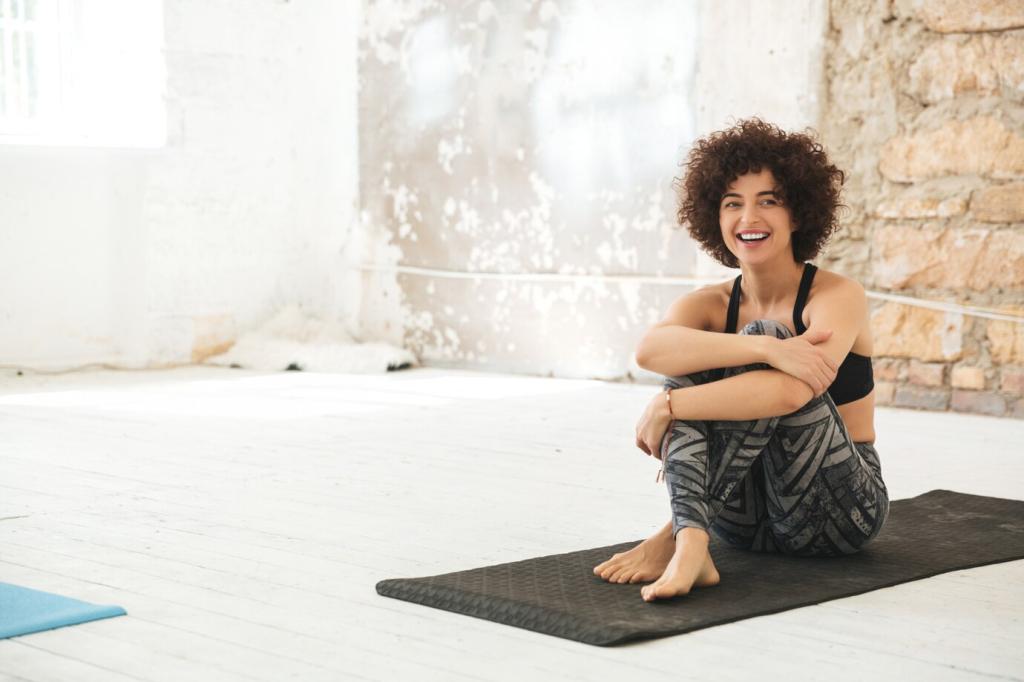
Rhythm, Music, and Rituals for Relaxation
Choose music with slow tempos around sixty beats per minute. Match your inhale and exhale to the rhythm. This pairing encourages coherence between breath and heartbeat, inviting your mind to settle into the music’s steady cradle.
Brew a calming tea, dim lights, and flow through three poses: neck release, seated forward fold, and reclined twist. Repeat nightly. Rituals tell your body what comes next: unwinding, then restful sleep.
Two minutes of breath, one minute of side stretches, and one minute of gratitude. That is four minutes total. Short practices stack up, keeping relaxation accessible even when schedules are crowded and unpredictable.
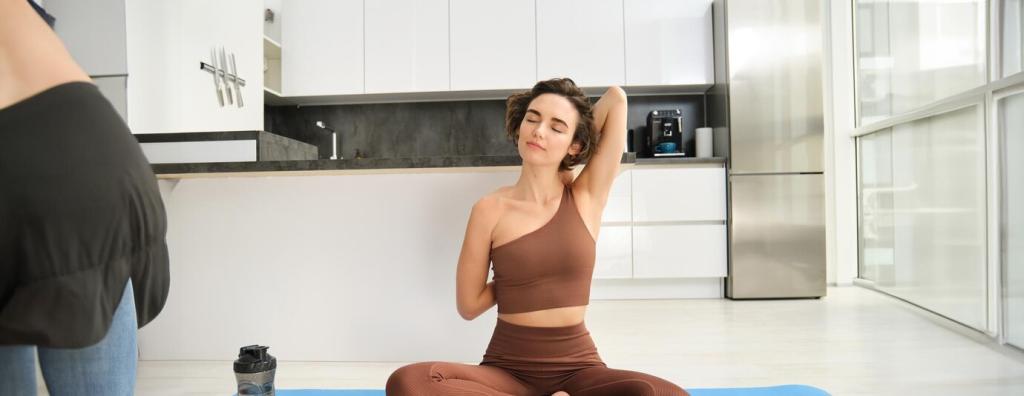
The Science Behind Relaxing Yoga
Parasympathetic Activation and Heart Rate Variability
Slow nasal breathing and gentle poses stimulate the vagus nerve, supporting parasympathetic tone and heart rate variability. Higher variability is linked to better stress resilience, helping you bounce back from daily friction with grace.
Cortisol, Calm, and Sleep Quality
Regular relaxation practices can reduce evening cortisol, helping you fall asleep faster and wake more refreshed. Pair a short restorative sequence with consistent bedtimes to train your body toward reliable, nourishing rest.
Myth Busting: Flexibility Is Not Required
Relaxation-focused yoga centers on nervous system downshifting, not touching your toes. Props, cushions, and micro-movements make poses accessible. Comfort is the doorway; meeting yourself kindly is the entire room.
Build a Relaxation Habit with Accountability
Pick three days this week for a ten-minute practice. Tell a friend or comment to commit. Small, steady steps build trust in yourself, and community encouragement makes the path feel lighter and far more enjoyable.
Share Your Favorite Calming Pose
What always helps you unwind—Legs Up the Wall, a body scan, or two extra-long exhales? Share your go-to in the comments. Your insight may be exactly what someone else needs on a difficult day.
Subscribe for Weekly Relaxation Sequences
Join our newsletter for fresh, gentle flows, breath practices, and reflective prompts. We love hearing what resonates—reply with your experiences, questions, or requests so we can tailor future relaxation practices for you.
